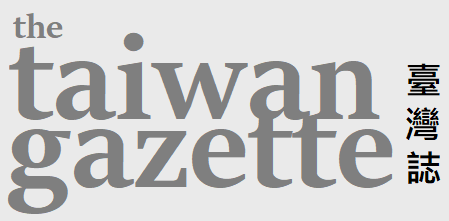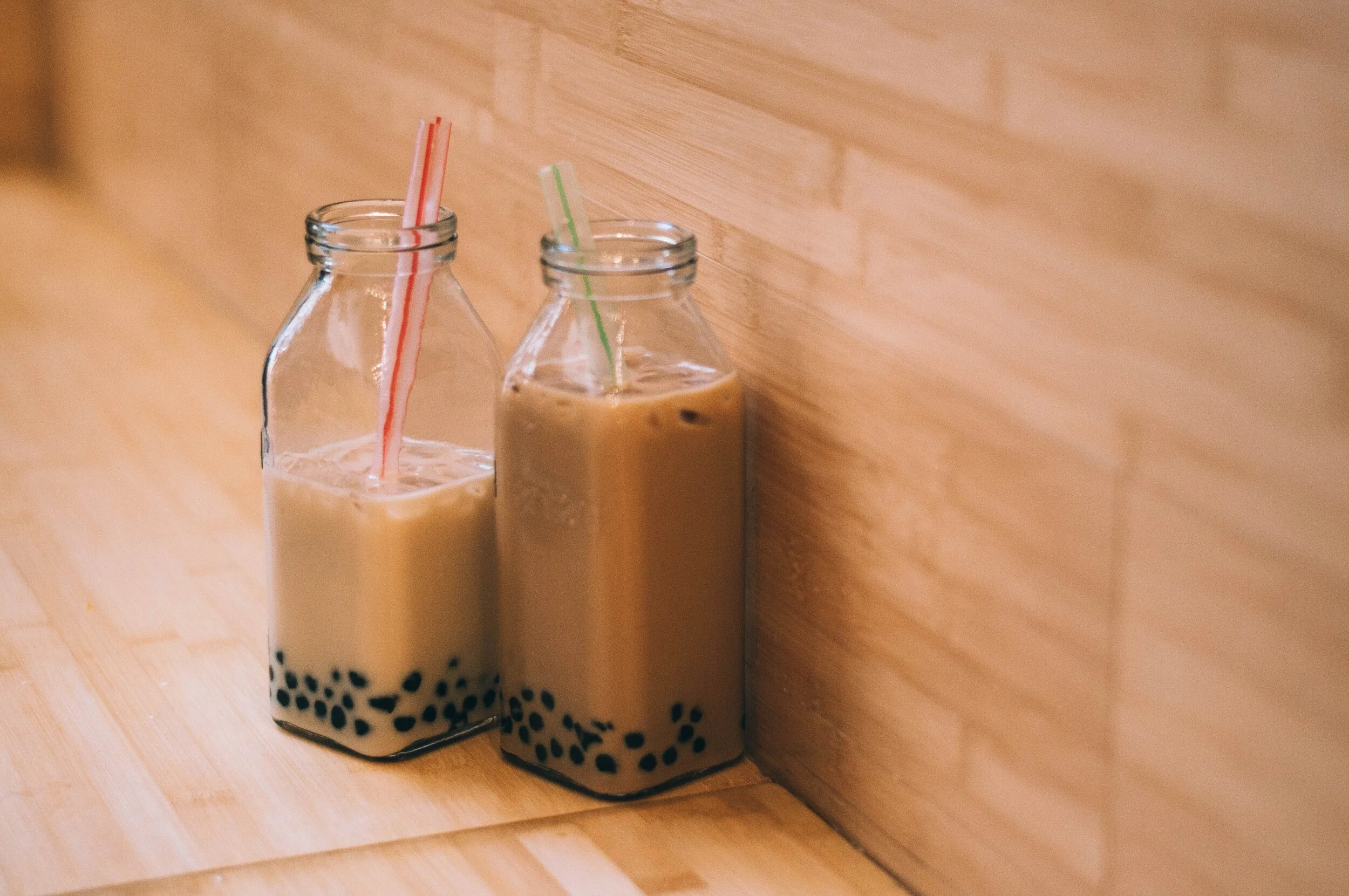During WWII, there were hundreds of Taiwanese living in Southeast Asia. They were regarded Japanese, lost everything overnight and were detained in internment camps. Shu-min Chung (鍾淑敏) had dug up historical materials in search of the Taiwanese in internment camps, trying to fill in the forgotten history of overseas Taiwanese.
The Taiwan Gazette translates and publishes original reporting from Taiwan, Hong Kong and China. Our goal with the platform is simple: We want original reporting from the Sinosphere to have a wider impact on global civil society.





















